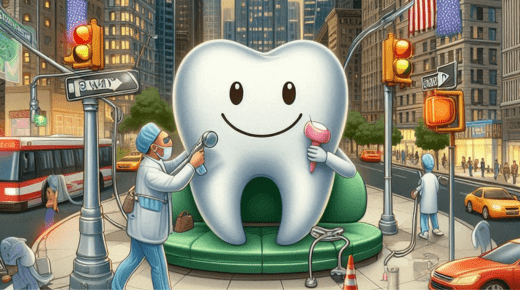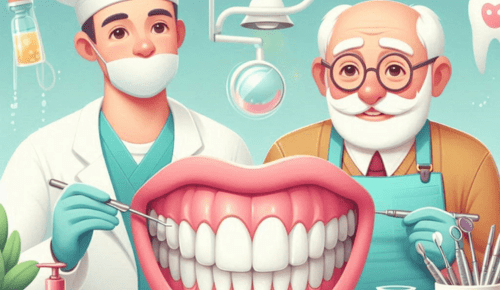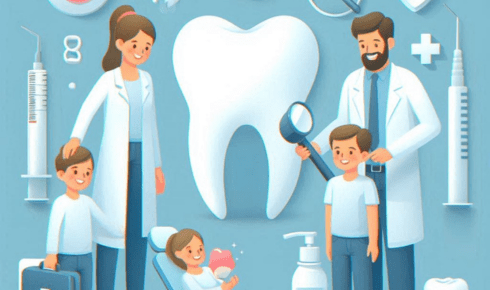Tooth extraction occurs when a tooth is removed from the socket in the bone. Although it is considered an action of last resort in modern dentistry by 5th avenue dentist, one or several teeth may still need extraction for the sake of overall oral health. As the residents of 5th Avenue have access to high-quality dental care, they may need to decide whether they need extraction. Understanding the common reasons for this procedure may help them make reasonable decisions regarding their dental health.
1. Severe tooth decay
One of the typical reasons for tooth extraction is severe tooth decay. Decay starts with bacteria in the mouth generating acids that eat through the enamel. Eventually, it penetrates the inner layers of the tooth. If left untreated, decay can infect the pulp – the region inside the tooth containing nerves and blood vessels. It typically causes an abscess, which is extremely painful and causes local swelling. In the early stages, saving a tooth with a filling, crown, root canal, or similar treatments is typically an option. When the damage has progressed too far, and the decay is untreatable, extraction is the only way to stop the infection.
2. Advanced Gum Disease (Periodontitis)
Gum disease is still a leading cause of tooth extraction. There is a more severe form of gum disease called periodontitis. This gum disease affects the tissues and bones that hold your teeth in place. At first, periodontitis forms as gingivitis – inflamed gums. However, with adequate attention and treatment routines, gingivitis can be reversed. Without these steps, the gums start pulling away from teeth, forming bacteria-filled pockets. If the condition is still left untreated, the affected bone will be destroyed, which could lead to ultimately losing your teeth. If the tooth is substantially weakened or the surrounding tissues have a severe infection, it would be smarter to extract the tooth as needed. It will keep the adjacent teeth from being damaged and prevent further bone loss.
3. Impacted Wisdom Teeth
Wisdom teeth, also known as third molars, appear last, mostly during one´s late adolescent and adulthood years. The appearance of these teeth is often accompanied by many problems; the oral cavity is too short to accommodate them properly. Dentists recommend removing wisdom teeth when they don’t break through the gums because their position creates the risk of pain, infection, cysts, and further harm to the jawbone and adjacent teeth.
4. Overcrowding
When there is not enough room in the jaw for the teeth to erupt properly, the mouth may become overcrowded. This can result in crooked or crowded teeth, which can be difficult to clean and more susceptible to decay and gum disease. Orthopedic treatment may be used to correct overcrowding, such as braces. However, in some situations, one or more teeth may have to be pulled out to allow the remaining teeth to erupt properly. By eliminating overcrowded teeth, the orthodontist can ensure that the rest of the teeth reposition themselves back into their proper locations, creating a healthier, more attractive smile.
Therefore, while it is never the ideal solution, tooth extraction is often the best option in some scenarios that ensure your overall oral health continues to be safeguarded. Whether the cause is extreme decay, severe gum disease, growing wisdom teeth, spitting teeth, or an injury, understanding the reasoning for extraction is likely to provide you with the confidence you need to address the situation. If these concerns seem to affect you, consult with a dentist on 5th Avenue for qualified guidance, and your oral health will be restored and maintained in the best possible state.




